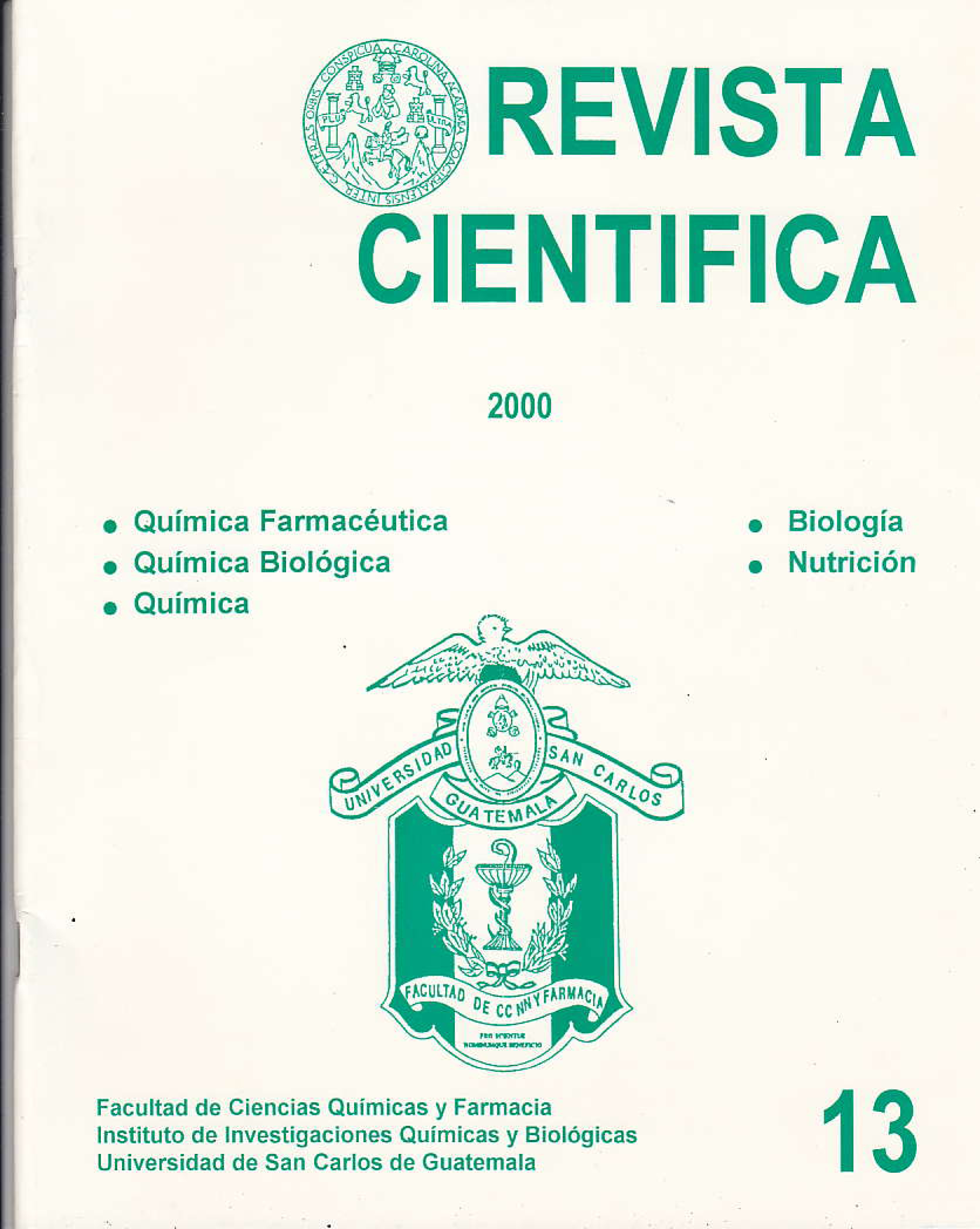Química de productos naturales marinos - La farmacia del mar
DOI:
https://doi.org/10.54495/Rev.Cientifica.v13i1.337Palabras clave:
química, productos naturales marinos, farmacia del marResumen
Los océanos cubren al rededor de las dos terceras partes de la superficie terrestre, sin embargo, las criaturas vivientes en él únicamente son sólo un 2% de su materia orgánica. Esto hace pensar en los mares como “grandes desiertos” con los arrecifes de coral como sus “oasis”. La vida marina es mucho más rica y variada en aguas tropicales y son los arrecifes de coral los que sirven de soporte para la gran diversidad de biota existente. Los arrecifes de coral son formados por el esfuerzo de incontables pólipos y algas coralinas, quienes trans forman el Ca 2+ y el HCO/ en ía estructura del arrecife en donde la vida empieza a sostenerse y desarrollar se. Dos áreas principales del globo terrestre poseen arrecifes de coral: la región del Atlántico y la del Indo-Pacífico. La primera desde el punto de vista químico se cen tra en el Caribe, mientras la segunda en la gran barrera de arrecifes de Australia, las islas del Pacífico del Sur y Okinawa en el Japón. Los organismos marinos, especialmente los sésiles invertebrados como corales blandos y esponjas, los móviles pero muy débiles tunicados, las algas y los microorganismos, son una fuente inmensamente rica de metabolites secundarios, con estructura química tan variada y compleja que los hacen sin precedentes a aquellos aislados de fuentes terrestres. Las propiedades farmacológicas de éstos metabolitos secundarios han demostrado ser mucho más potentes que sus contrapartes terrestres ya que la evolución biológica los ha obligado a crear un arse nal de armas químicas poderoso para sobrevivir en un ambiente mucho más hostil que el terrestre y de dura competencia.
Descargas
Citas
Nienhuis, P. H. Disiribution of Organic Matterrn Living Marine Organisms. ln Marine Organic Chemistry; Duursma, E. K., Dawson, R., Eds.: Elsiever Oceanography series No.31. Elseiver Press: Amsterdam,1981; pp 31-69, https://doi.org/10.1016/S0422-9894(08)70325-8 DOI: https://doi.org/10.1016/S0422-9894(08)70325-8
Coll, J. Chem. Rev. 1992, 92, 613-631, https://doi.org/10.1021/cr00012a006 DOI: https://doi.org/10.1021/cr00012a006
Flam, F. Sclence, 1994, 266, 1324-1325, https://doi.org/10.1126/science.7973722 DOI: https://doi.org/10.1126/science.7973722
Rodríguez, A.D. Tetrahedron 1995, 51, 4571-4618, https://doi.org/10.1016/0040-4020(95)00216-U DOI: https://doi.org/10.1016/0040-4020(95)00216-U
Rahman, A-U.; Choundary, M. Logical Approach to Structure Elucidation of Natural Compunds. ln New Trends in Natural Product Chemlstry; Rahman, A-U.; Choundary, M., Eds.; Harwood Academic Publisher: The Netherlands, 1998; pp 121-144.
Descargas
Publicado
Cómo citar
Número
Sección
Licencia
Derechos de autor 2000 Oscar Manuel Cóbar

Esta obra está bajo una licencia internacional Creative Commons Atribución 4.0.
Los autores/as que publiquen en esta revista aceptan las siguientes condiciones:
- Los autores/as conservan los derechos de autor y ceden a la revista el derecho de la primera publicación, con el trabajo registrado con la licencia de atribución de Creative Commons 4.0, que permite a terceros utilizar lo publicado siempre que mencionen la autoría del trabajo y a la primera publicación en esta revista.
- Los autores/as pueden realizar otros acuerdos contractuales independientes y adicionales para la distribución no exclusiva de la versión del artículo publicado en esta revista (p. ej., incluirlo en un repositorio institucional o publicarlo en un libro) siempre que indiquen claramente que el trabajo se publicó por primera vez en esta revista.
- Se permite y recomienda a los autores/as a compartir su trabajo en línea (por ejemplo: en repositorios institucionales o páginas web personales) antes y durante el proceso de envío del manuscrito, ya que puede conducir a intercambios productivos, a una mayor y más rápida citación del trabajo publicado.









